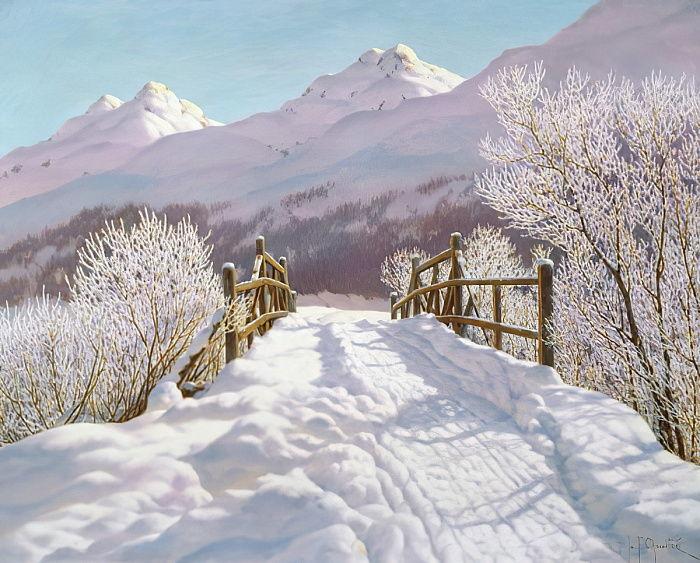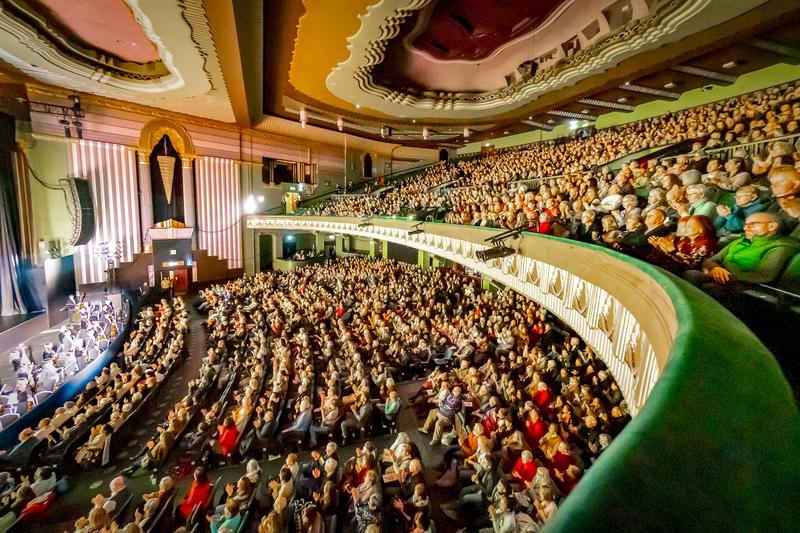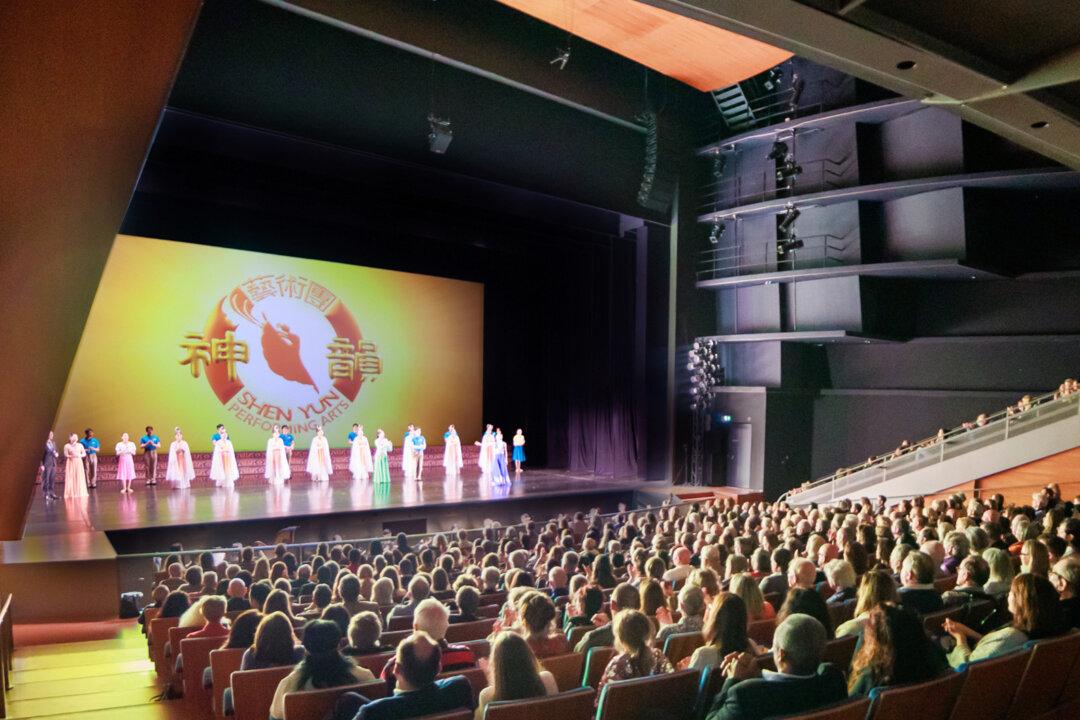Landscape artists paint the physical beauty around them. Some who live in northern regions have adapted to harsher environments, and this is the setting that suits them to do their art.
Russian artists reveal the wonders of nature in every season, especially winter. Although early Russian landscape painters imitated Italian painters, they soon explored and refined their own style. Landscape artists such as Alexei Venetsianov (1780–1847), Nikifor Krylov (1802–31), and Grigory Soroka (1823–64) paved the way for a talented landscape artist who excelled in painting snowscapes: Ivan Fedorovich Choultse (1874–1939).Choultse, whose family lived in St. Petersburg for several generations, was educated as an engineer. He worked on projects in Finland for several years and found himself fascinated by how electricity generated light.






